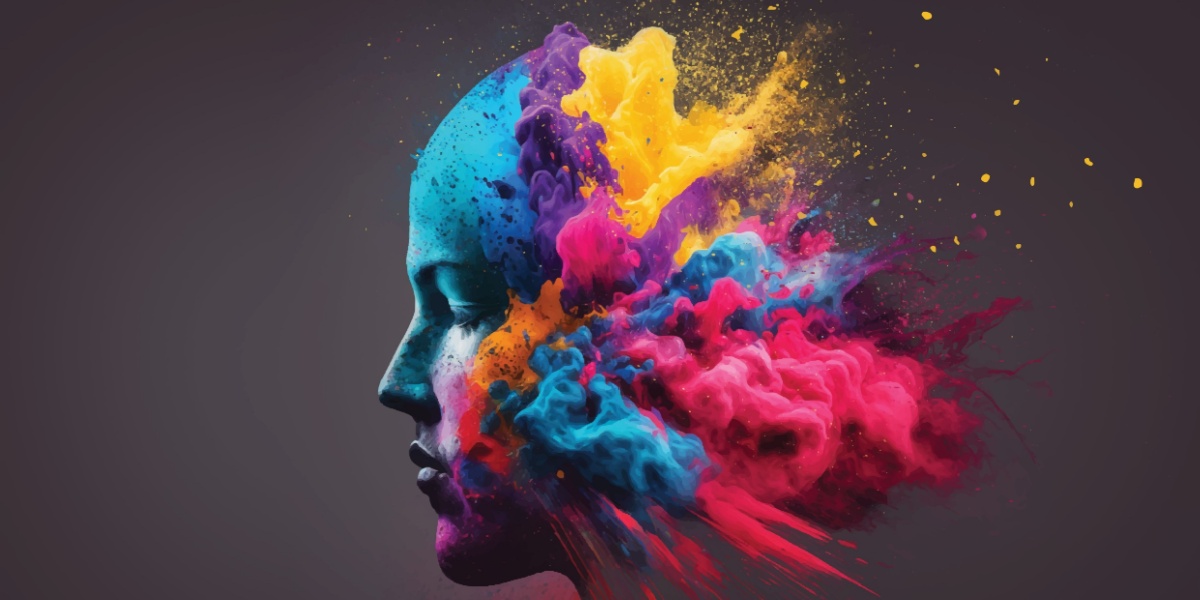Stimulants are a collection of legal and illegal drugs that affect the central nervous system and brain, causing the release of chemicals that boost mood and energy levels. They come in many forms and are highly addictive.
- The effects of abusing amphetamines and methylphenidates are very similar despite them having a different molecular structure and are prescribed based on the duration and intensity of treatment needed
- The use of illicit stimulants has been a common form of substance abuse in America for decades. Often produced in clandestine labs, they use a concoction of prescription stimulants and naturally occurring plants, such as the coca leaf
- Because the adverse effects a person experiences during the crash or withdrawal stages [from stimulants] can be alleviated (temporarily) by using a stimulant, many people find it difficult to quit these drugs

Understanding stimulants
Stimulant substances come in many forms such as prescription medication like Adderall, legal stimulants like nicotine and caffeine, and illicit drugs like cocaine or crystal meth. They can be ingested by snorting, smoking, taking orally, or intravenously. Stimulants activate the central nervous system in ways that increase energy levels.[2][3]
Stimulants change the way the brain works by changing the way nerve cells communicate. Nerve cells, called neurons, send messages to each other by releasing chemicals called neurotransmitters. Neurotransmitters work by attaching to key sites on neurons called receptors. Dopamine is a pleasure chemical that is responsible for the high related to many illicit drugs, including stimulants like crack cocaine.[3]
With repeated use, stimulants can disrupt the functioning of the brain’s dopamine system, dampening users’ ability to feel any pleasure at all. This is known as tolerance and often results in people who abuse stimulants developing a dependence on the drug in order to feel pleasure. Over time and through excessive use, stimulant addiction can form.
Prescription stimulants
Prescription stimulants are often used to treat people suffering from mental health conditions such as attention deficit hyperactivity disorder (ADHD) as well as for narcolepsy and as dietary aids. They increase alertness, energy, and attention span as well as suppressing hunger. The most common forms of prescription stimulants are amphetamines and methylphenidates.
The effects of abusing amphetamines and methylphenidates are very similar despite them having different molecular structures and are prescribed based on the duration and intensity of treatment needed.
The most common forms of prescription stimulants include:
Adderall
The most widely prescribed amphetamine in the United States, Adderall is used as a treatment for people suffering from ADHD
Dexedrine
Another common treatment for ADHD, Dexedrine is a central nervous system (CNS) stimulant form of prescription amphetamine.
Concerta
Another stimulant drug used to treat ADHD, Concerta works in much the same way as Ritalin but with a slower release.
Ritalin
Used to treat ADHD and hyperactive disorders, Ritalin is a methylphenidate that has a milder effect than amphetamine-based substitutes.
Desoxyn
Unlike most other prescription stimulants, Desoxyn is a form of methamphetamine. Originally used as an appetite suppressant to tackle obesity, it has also been used in treating ADHD.
Ephedrine
Ephedrine has a wide range of uses but is most commonly used as a bronchodilator for people suffering from asthma and other respiratory issues. It is also used as an appetite suppressant.
Modafinil
Modafinil is a powerful narcolepsy medication that causes people to feel awake and alert for long periods of time, often 12-15 hours or more, and are sometimes abused as "study drugs" or "smart drugs".
Illicit stimulants
The use of illicit stimulants has been a common form of substance abuse in America for decades. Often produced in clandestine labs, they use a concoction of prescription stimulants and naturally occurring plants, such as the coca leaf.
Unlike prescription stimulants that are designed for steady release into the system, illicit stimulants produce a sudden and intense high that lasts for a shorter period. Prescription stimulants can be abused in the same way as illicit ones if crushed and snorted or injected into the bloodstream.
The most common forms of illicit stimulants include:[2]
- Powder cocaine
- Crack cocaine
- Ecstasy (Molly, MDMA)
- Meth (methamphetamine) or crystal meth
- MDMA (an atypical stimulant with hallucinogenic properties)
- Flakka (Alpha PVP)
- Khat
Legal stimulants
Some stimulants are legal, unregulated by The Controlled Substances Act, and are widely used in the US. The most common legal stimulants are caffeine and nicotine, though plants like Khat and other naturally occurring substances are also widely used in other parts of the world. These drugs have mild stimulant properties but when used in excess, can be harmful to a person’s health. Taking too many stimulants can also lead to problems like insomnia, loss of appetite, anxiety, irritability, and mood swings.
Stimulant chemicals in over-the-counter products, such as ephedrine and pseudoephedrine, can be found in allergy and cold medicine. Because of the potential for abuse, many stores now keep these medications in a locked cabinet behind the counter and have other restrictions in place to discourage people from buying these drugs. Requiring photo id, writing down sales in a logbook, and daily or monthly sales limits are all examples of restrictions that may be enforced for products containing these ingredients.
Effects of stimulant abuse
Because of stimulants' energy and focus-enhancing effects, these drugs are sometimes abused by students and professionals who are looking to gain a competitive edge. Sometimes called study drugs or smart drugs, both prescription and illicit stimulants have gained popularity among young people who are looking to enhance their focus or improve their performance in work or school.
Some people also abuse stimulants to reduce their need for sleep or food, or to lose weight. Athletes sometimes use stimulants to improve energy or endurance when competing. Even when a person abuses stimulants to enhance their performance instead of to get high, they can still become addicted.
Over time, the body and brain can become dependent on the stimulant to produce dopamine, and a person needs to take more of a drug to get the desired effects. Increasing the dose always increases the risk of addiction, and also can lead to accidental overdoses. Stimulants can also cause adverse effects on a person’s body, brain, and mental health, and some of these effects can be long-lasting.
How do stimulants affect the mind?
When used as drugs of abuse and not under a doctor’s supervision, stimulants are frequently taken to:
- Produce a sense of exhilaration
- Enhance self-esteem or mood
- Improve mental and physical performance and focus
- Increase activity or enhance physical or cognitive performance
- Reduce appetite or lose weight
- Provide energy and help reduce the need for sleep
Some of the unwanted adverse effects on the mind include:[1][2][3]
- Agitation, hostility, panic, aggression, and suicidal ideation
- Paranoia, sometimes accompanied by both auditory and visual hallucinations
- Tolerance, in which more and more stimulants are needed to produce desired effects
- “Crash” after coming down which includes feeling down, tired, foggy, and having trouble completing basic tasks
- Withdrawal symptoms including depression, anxiety, cravings, and extreme fatigue, and other uncomfortable symptoms after a person stops using stimulants
Because the adverse effects a person experiences during the crash or withdrawal stages can be alleviated (temporarily) by using a stimulant, many people find it difficult to quit these drugs.
How do stimulants affect the body?
Stimulants are sometimes referred to as uppers and reverse the effects of fatigue on both mental and physical tasks. Short-term effects of stimulants can produce:
- Feelings of exhilaration and having a lot of energy
- Needing less food and sleep
- General feelings of pleasure
Unfortunately, stimulant drugs also have adverse effects on the body, which worsen the longer a person uses them and the more they increase their dose. Some of the unwanted effects of stimulant drugs on the body include:[2][3]
- Insomnia or hypersomnia (not being able to sleep or sleeping too much)
- Unwanted weight loss
- Headaches, tremors, sweating, and hot and cold flashes
- Breakdown of the hair, skin, and teeth (especially methamphetamines)
- Heart problems, risk of stroke, and high blood pressure
- Increased risk for seizures
- Increased body temperature and overheating
Stimulant overdose
In overdose, unless there is medical intervention, high fever, convulsions, and cardiovascular collapse may precede death. Because accidental death is partially due to the effects of stimulants on the body’s cardiovascular and temperature-regulating systems, physical exertion increases the hazards of stimulant abuse.
Addiction to stimulants
Whether prescription stimulants or illegal ones, addiction through continued abuse is common. Whether someone is addicted or has a stimulant dependence is assessed through a set of 11 criteria outlined in the DSM-5 that measure the negative impact stimulant abuse is having on the user's life. These criteria include: [5]
- Hazardous use
- Social or interpersonal problems related to substance use
- Neglected major responsibilities to abuse substances
- Experiencing withdrawal symptoms when stopping use
- Developing a tolerance
- Using larger amounts
- Repeated attempts to quit or control use and failing
- Excessive time spent using
- Physical or psychological problems related to abuse
- Activities replaced by substance abuse
- Cravings
These criteria are measured on a spectrum of mild, moderate, and severe. Meeting 1-2 criteria is defined as mild, 3-5 moderate, and 6+ severe. [5] Though self-assessment through identifying the warning signs of addiction is possible, it is advised to always consult with a licensed health or mental health specialist to ensure an accurate diagnosis.
Getting help for a stimulant addiction
All stimulants hold the potential to lead to addiction. Deciding to get help to overcome stimulant addiction is the first step, and it’s a big one. Finding help to battle stimulant addiction can seem daunting, but help is out there. Contact an addiction treatment center today to find out what options are available.


-guide-detail.jpg?v=1756808523)
-guide-detail.jpg?v=1722501020)
-guide-detail.jpg?v=1722501068)